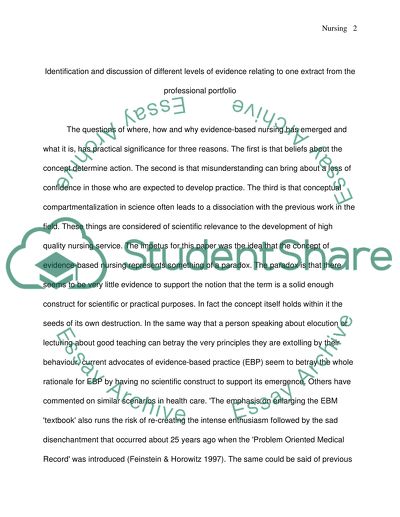Cite this document
(“Evidence-Based Practice And Health Visiting Essay”, n.d.)
Evidence-Based Practice And Health Visiting Essay. Retrieved from https://studentshare.org/nursing/1522999-nursing-practice-master-essay
Evidence-Based Practice And Health Visiting Essay. Retrieved from https://studentshare.org/nursing/1522999-nursing-practice-master-essay
(Evidence-Based Practice And Health Visiting Essay)
Evidence-Based Practice And Health Visiting Essay. https://studentshare.org/nursing/1522999-nursing-practice-master-essay.
Evidence-Based Practice And Health Visiting Essay. https://studentshare.org/nursing/1522999-nursing-practice-master-essay.
“Evidence-Based Practice And Health Visiting Essay”, n.d. https://studentshare.org/nursing/1522999-nursing-practice-master-essay.


